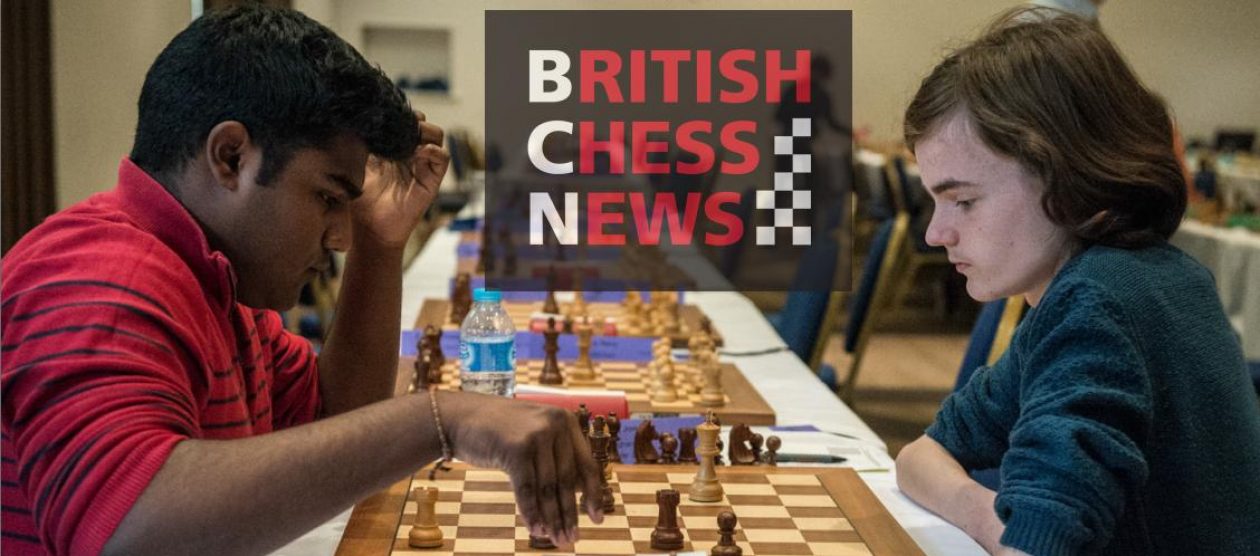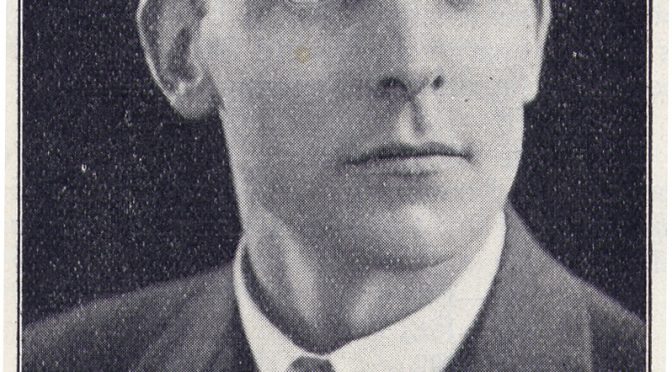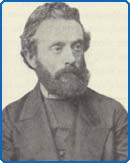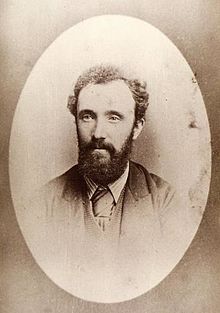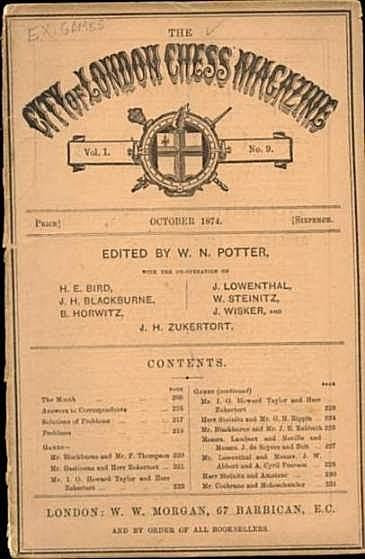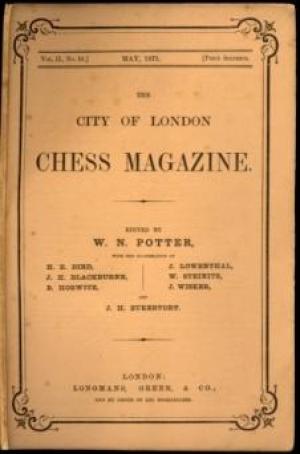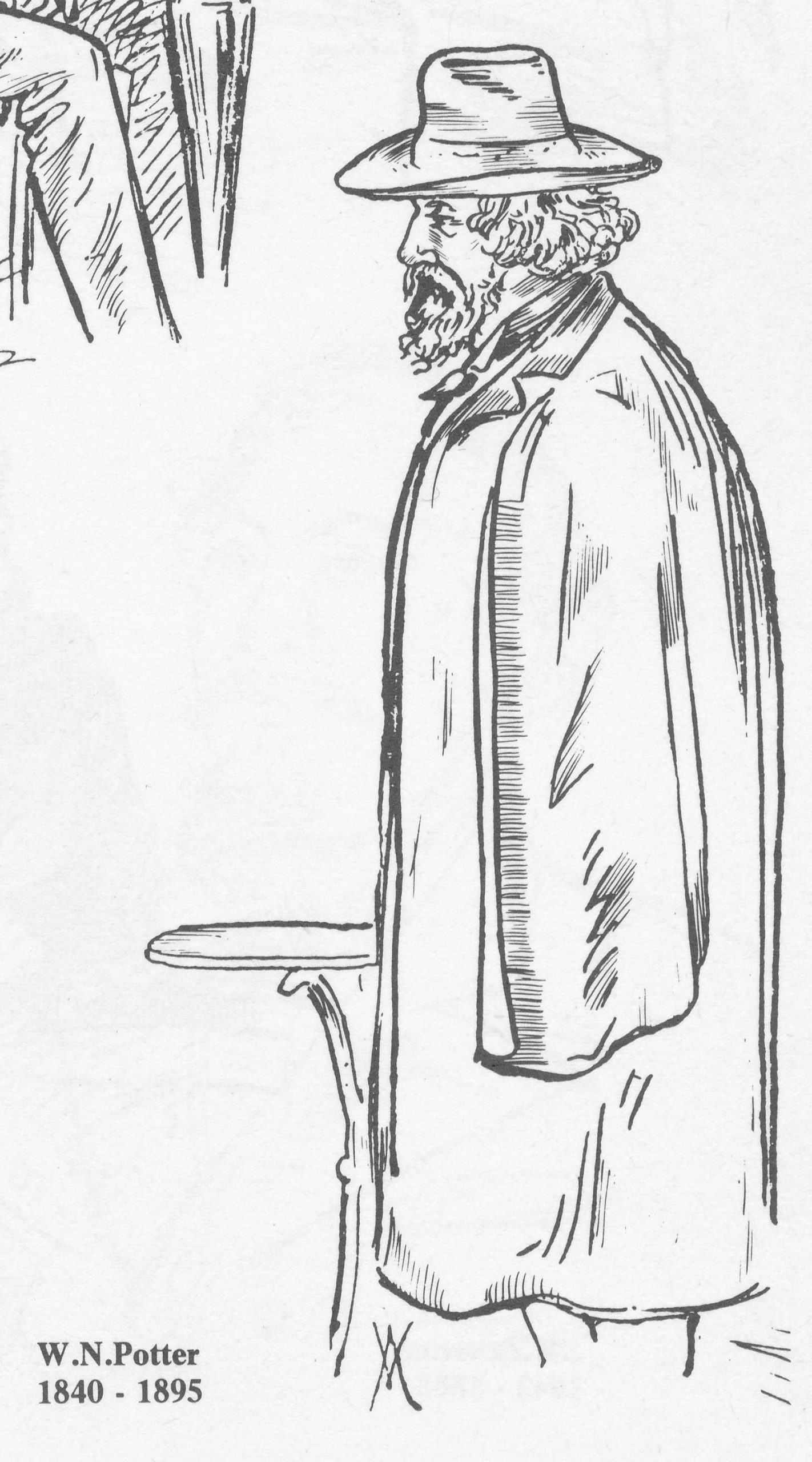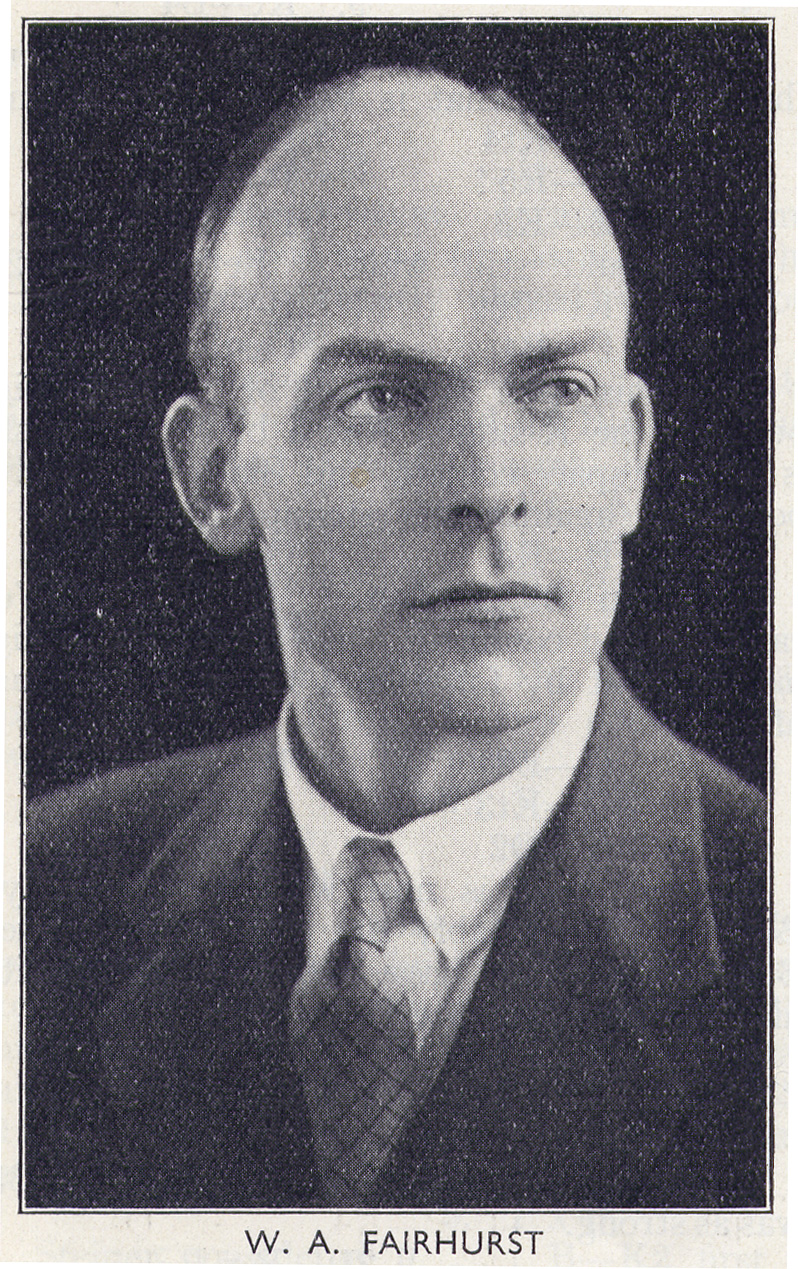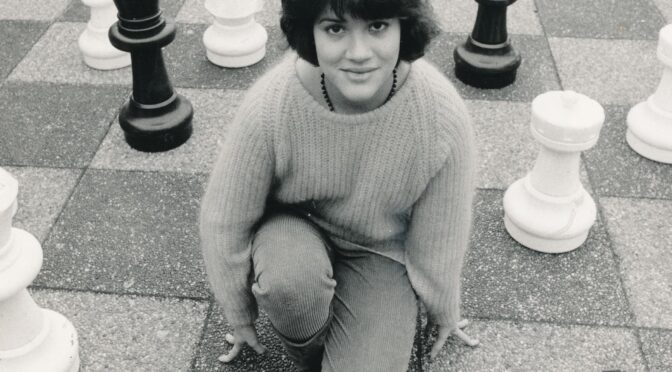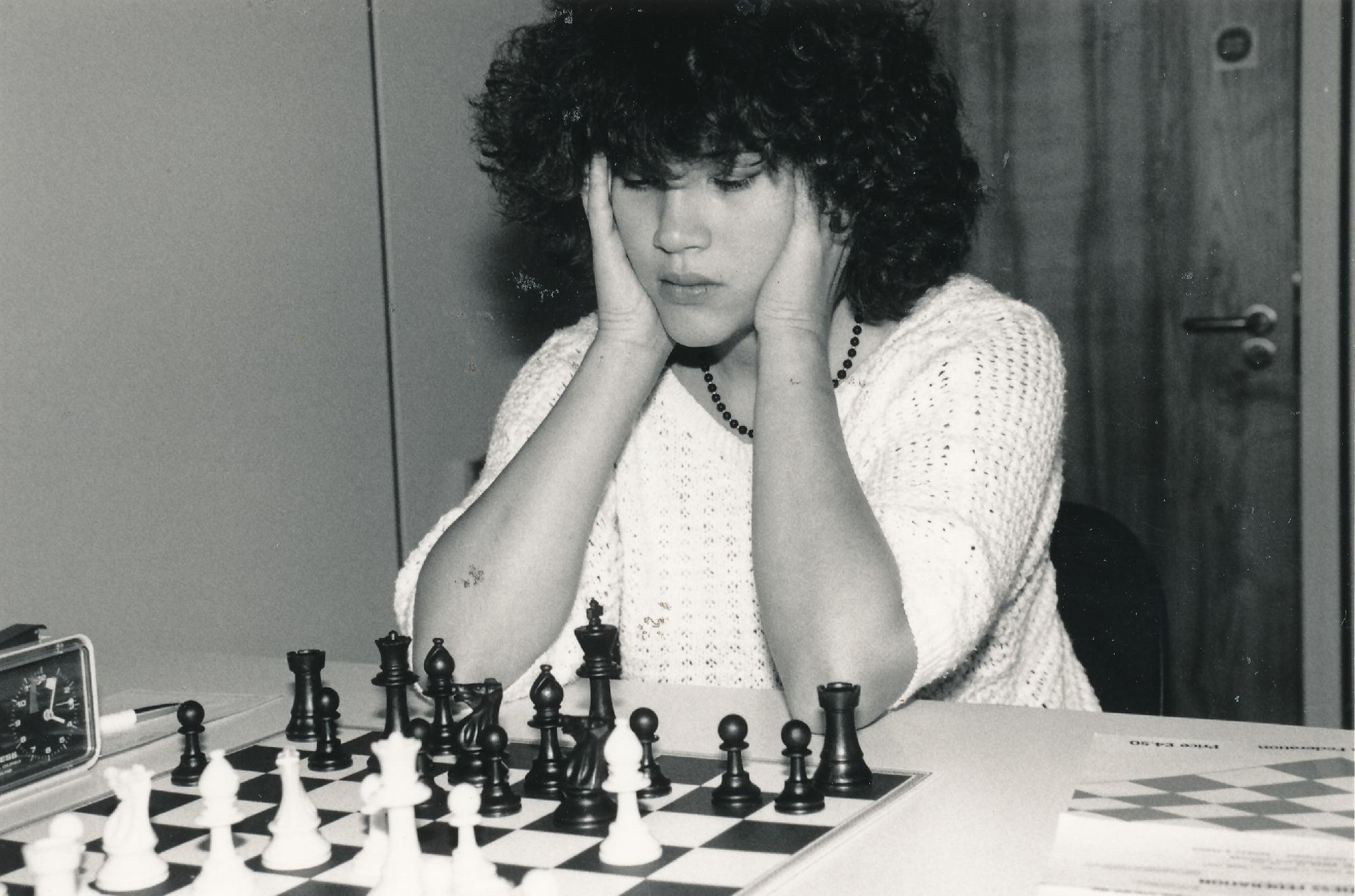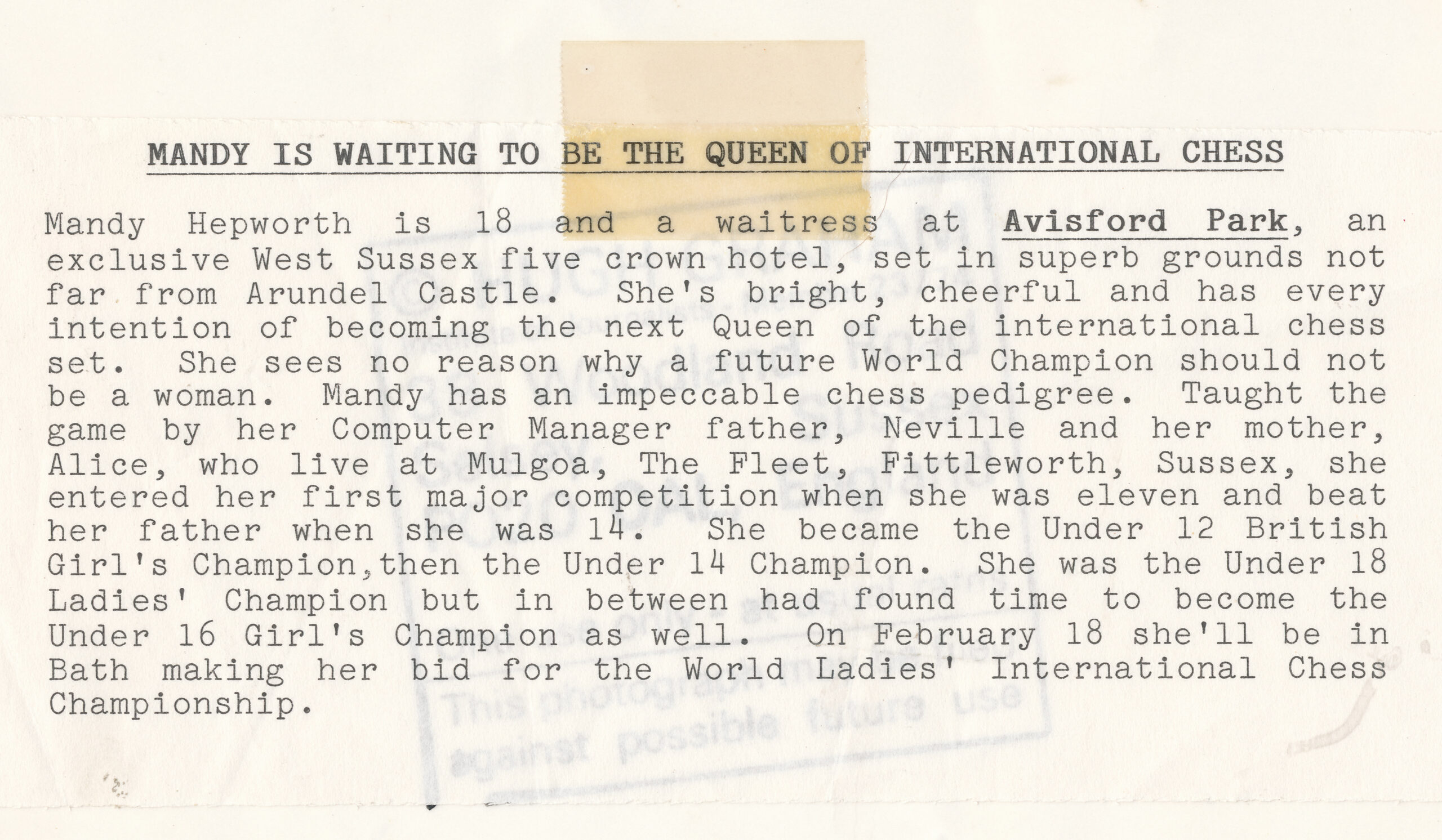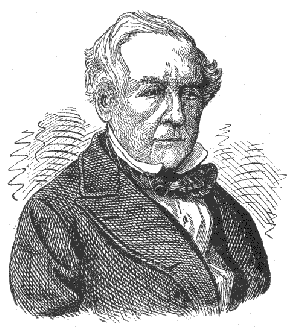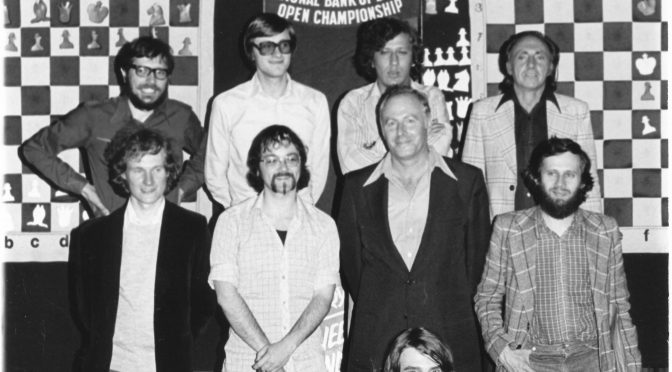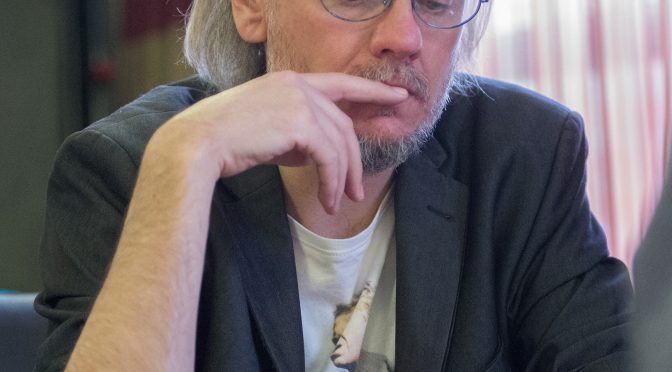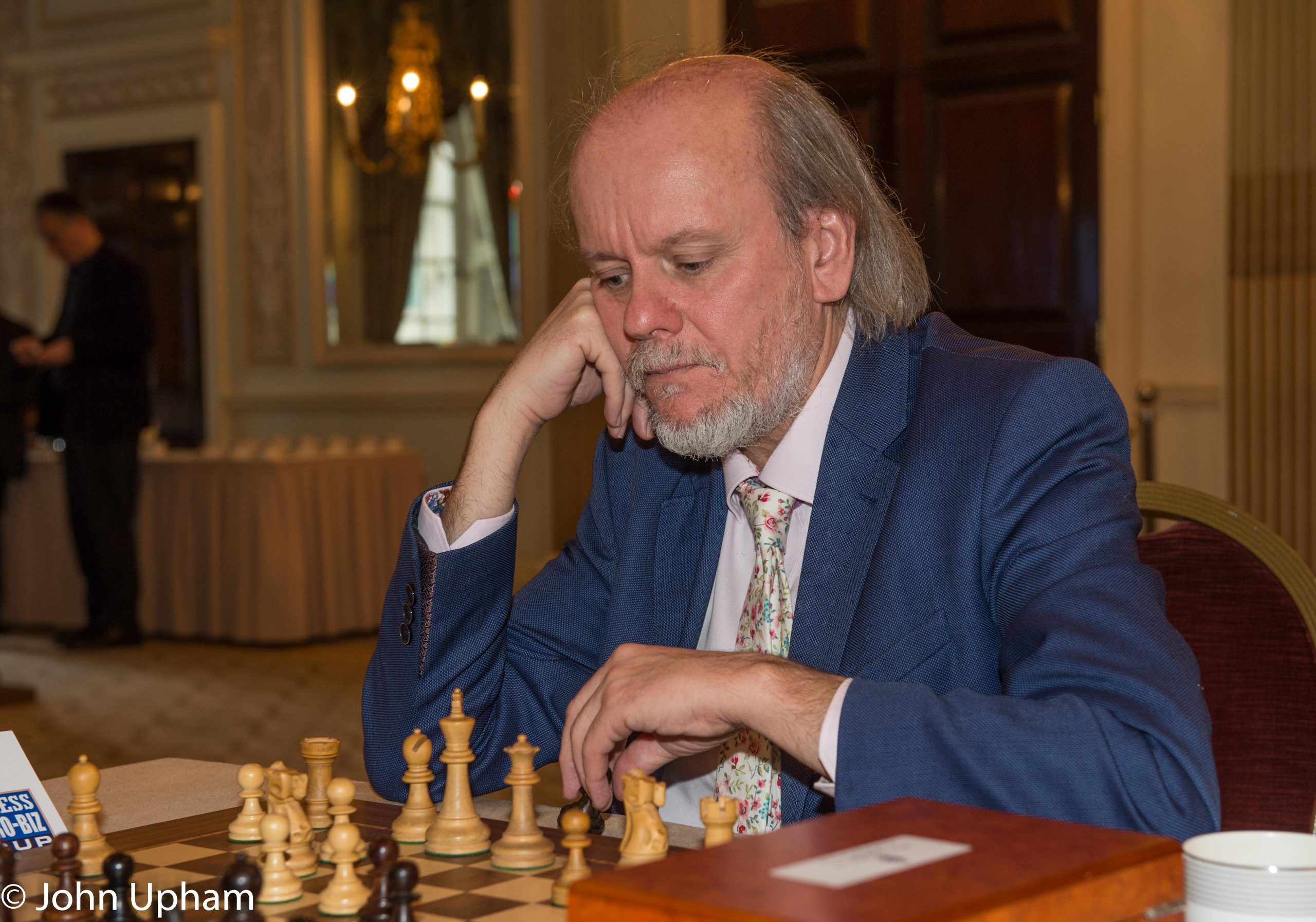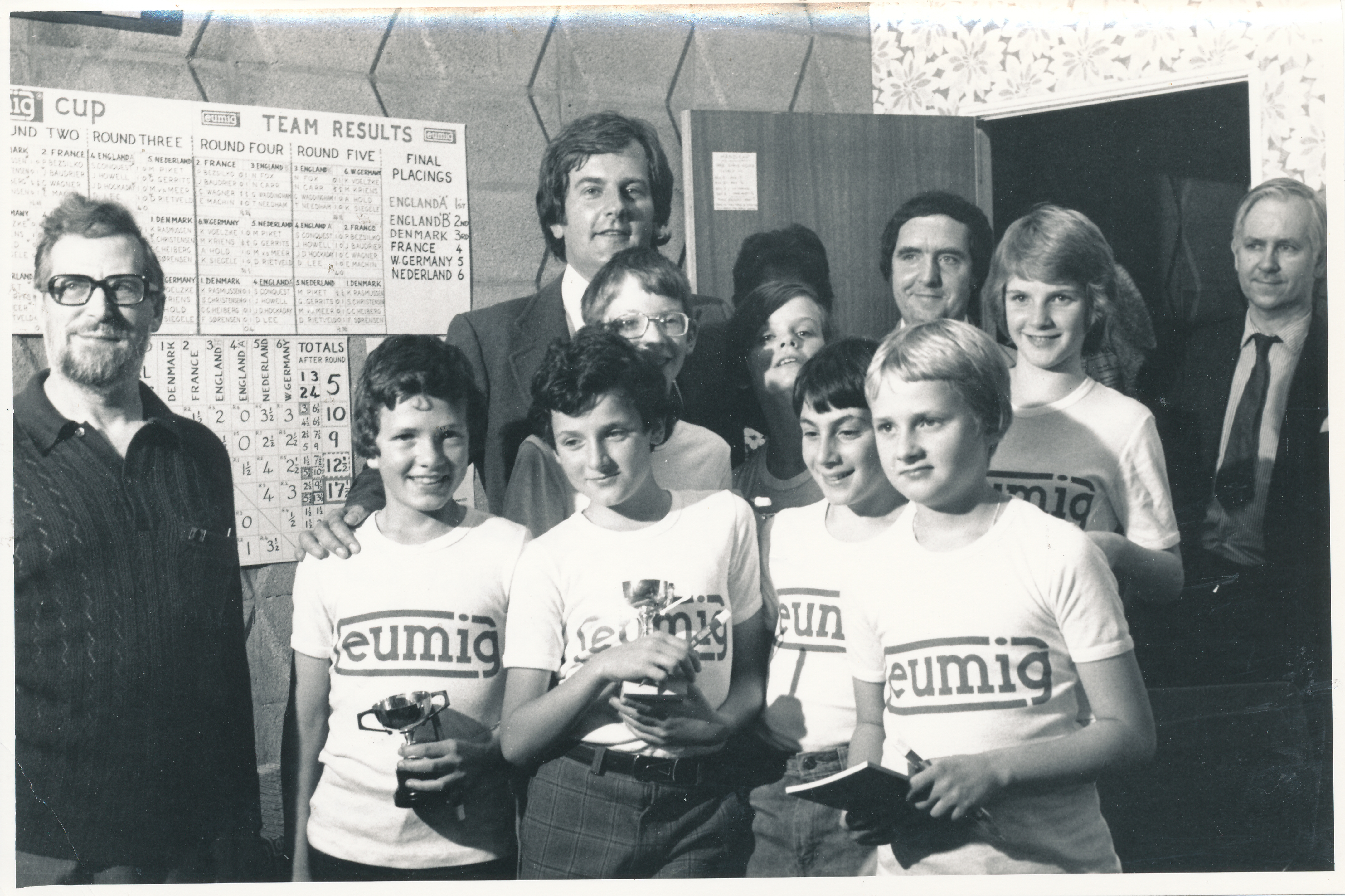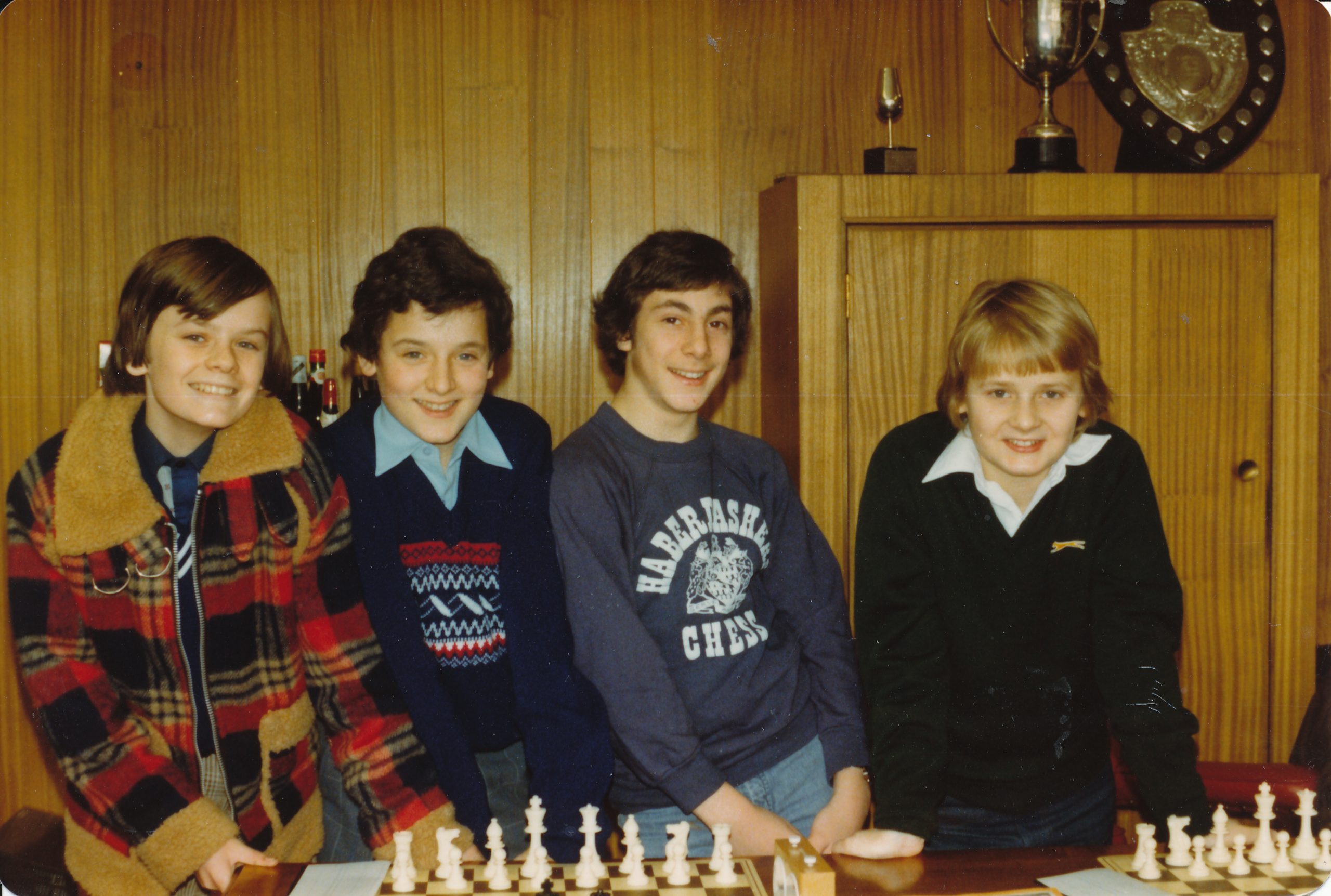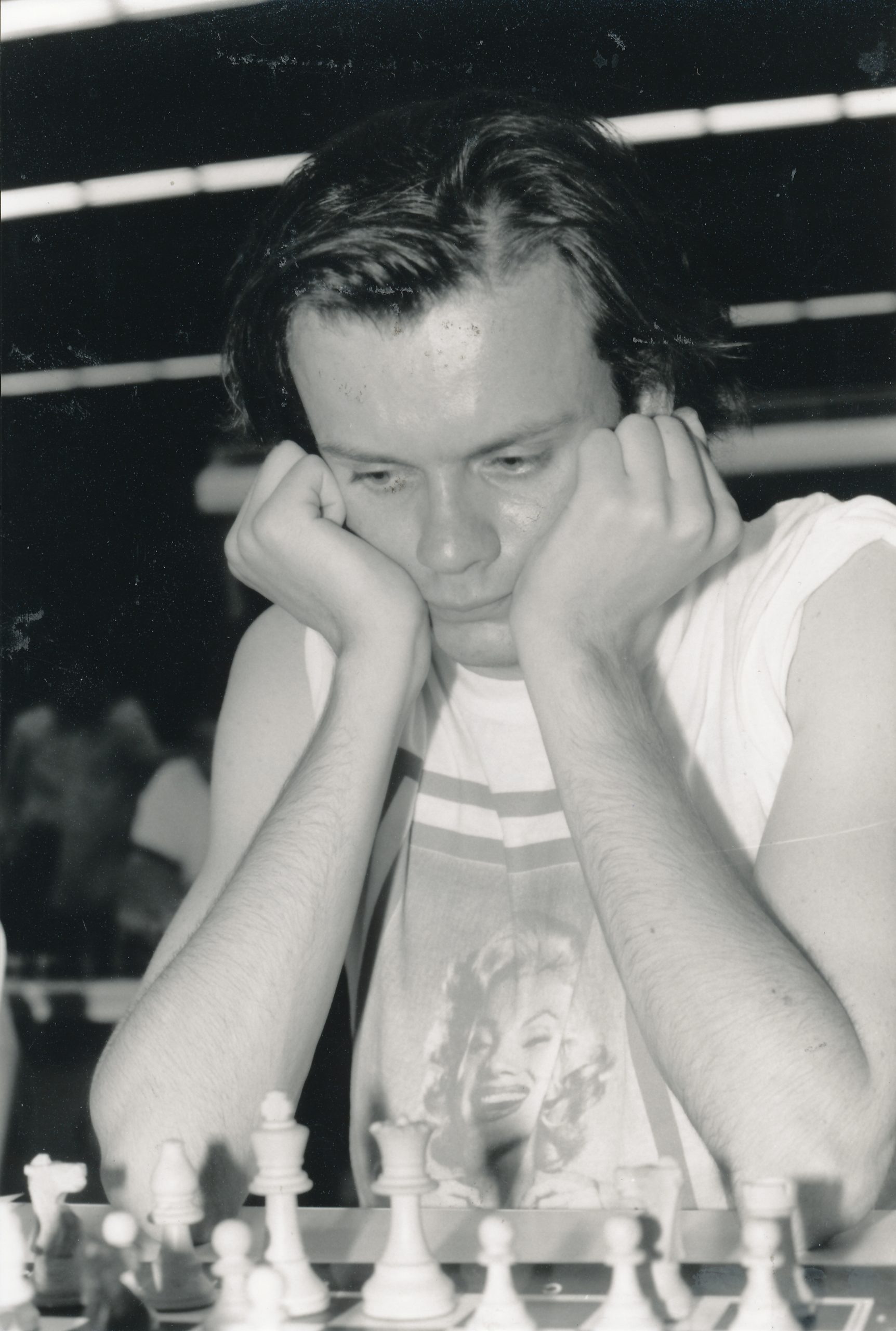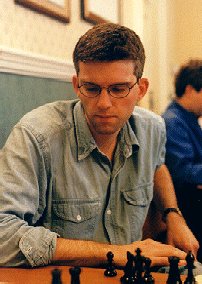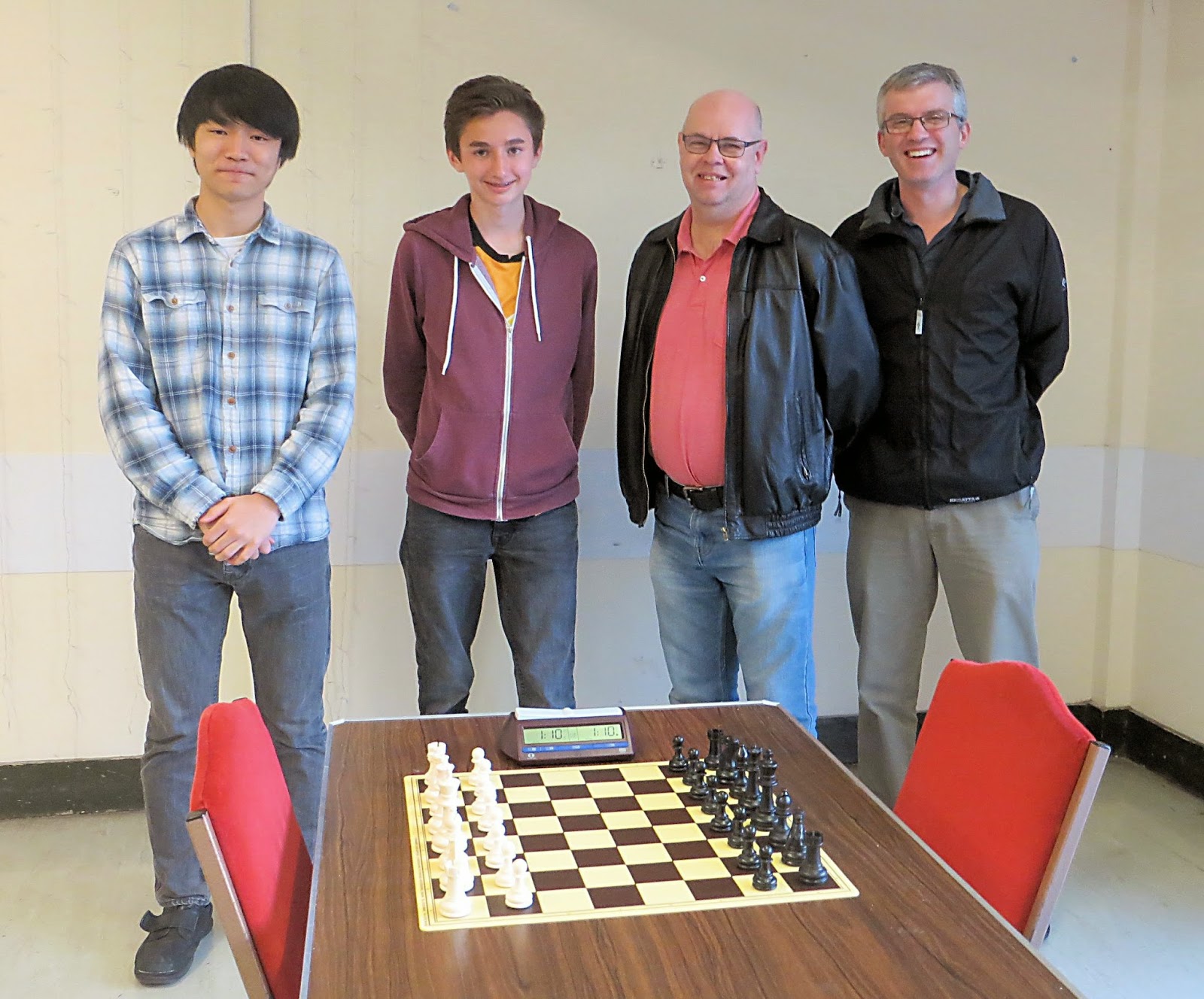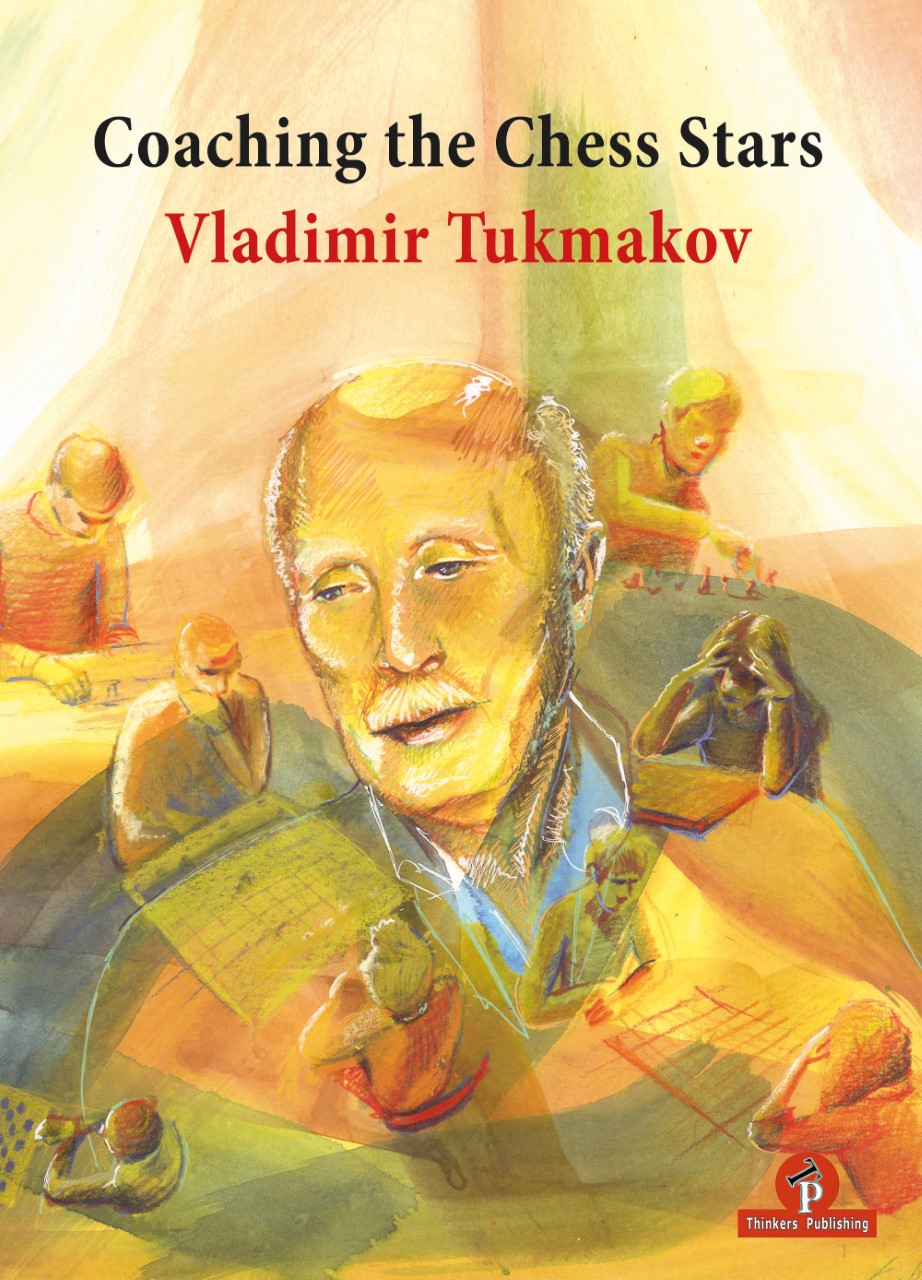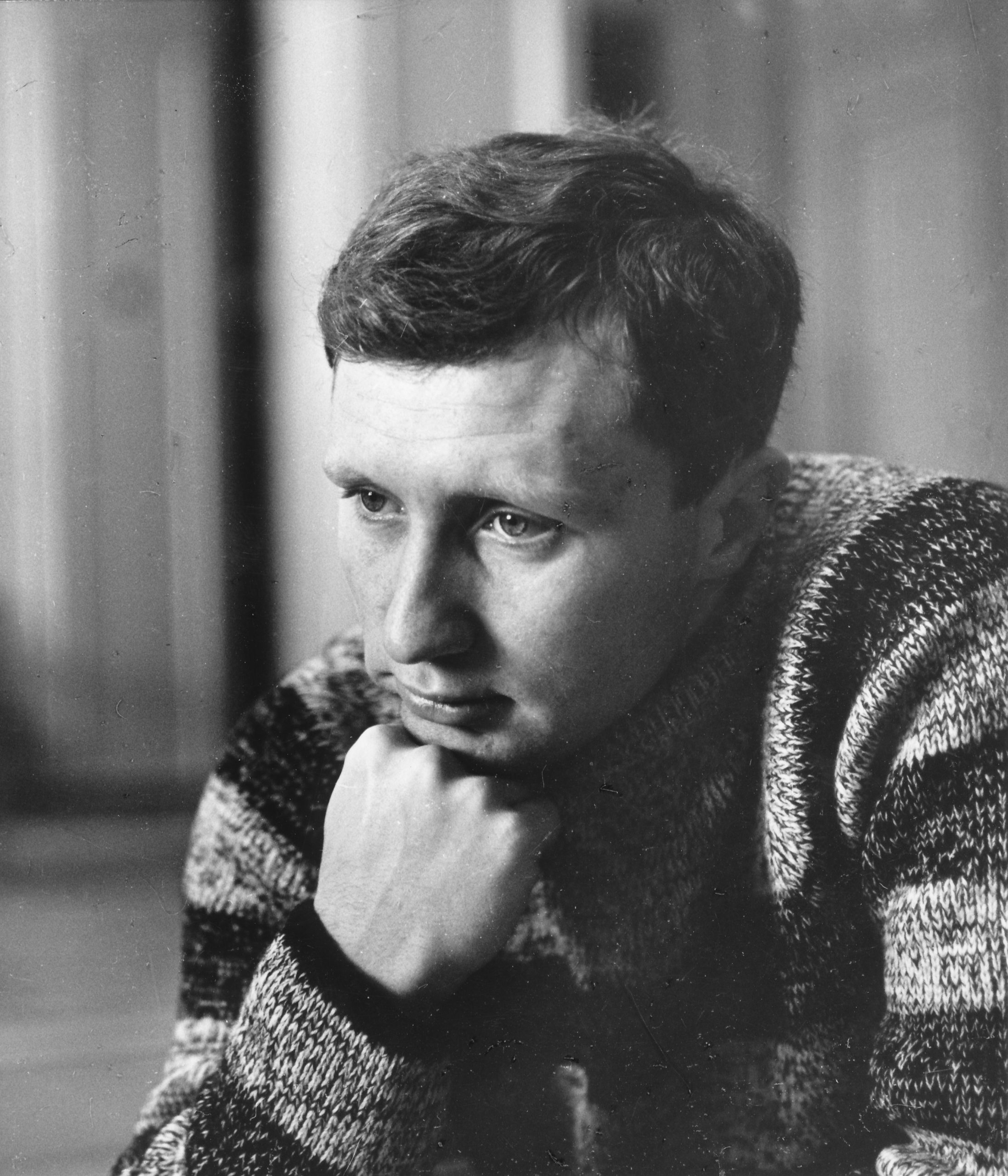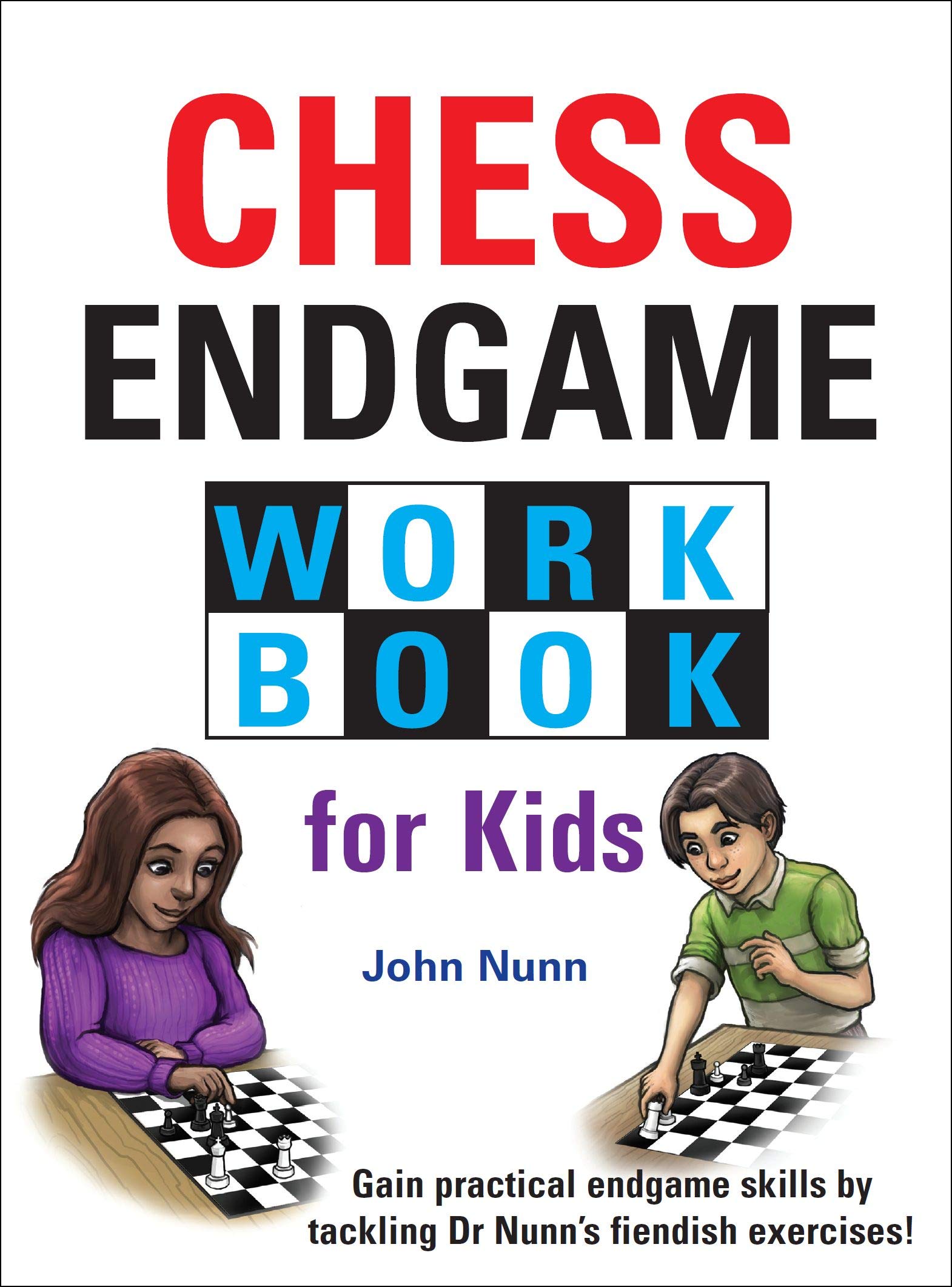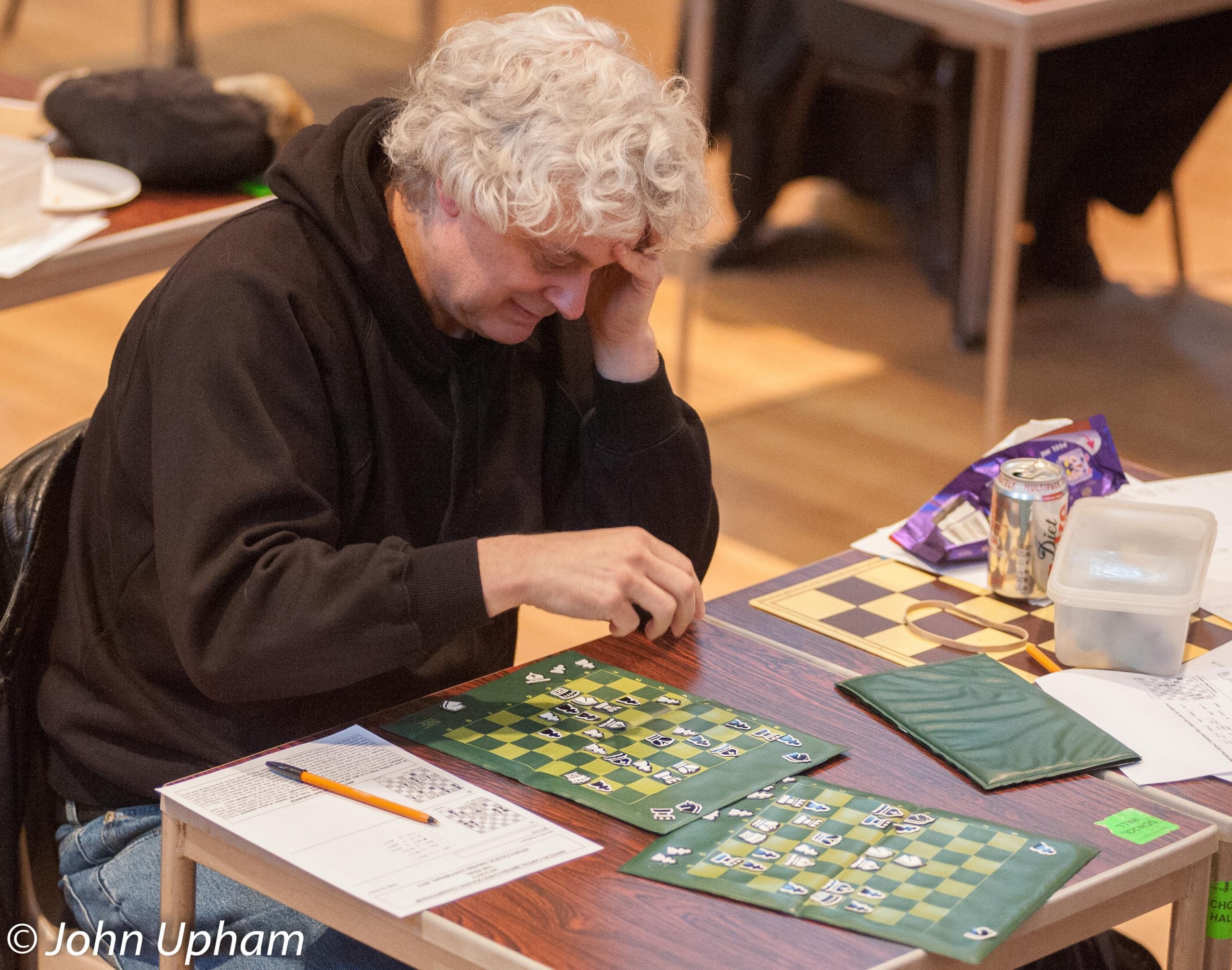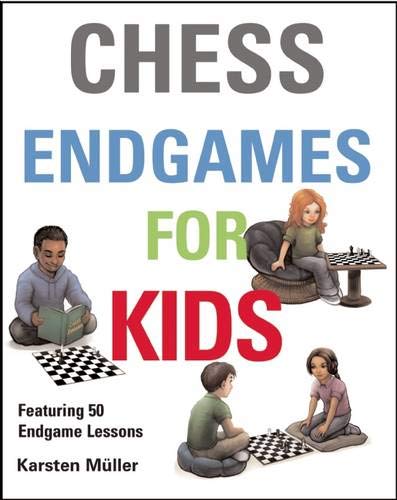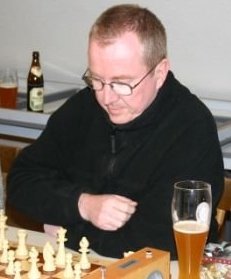Remembering IM William Fairhurst CBE (21-viii-1903 13-iii-1982)
From The Anglo-Soviet Radio Chess Match by Klein and Winter :
“WA Fairhurst is a North Country man, born in Cheshire in 1903, but he has lived the best part of his life in Scotland. He has been Scottish Champion of many years running, and once captured the British Championship. In his last tournament, London, 1946 he failed to get into the prize list. He is, however, a fine tactician, original in opening play and a dangerous opponent to contend with.
By profession he is a civil engineer and has left his mark as a designer of a special framework for pre-fabricated houses.”
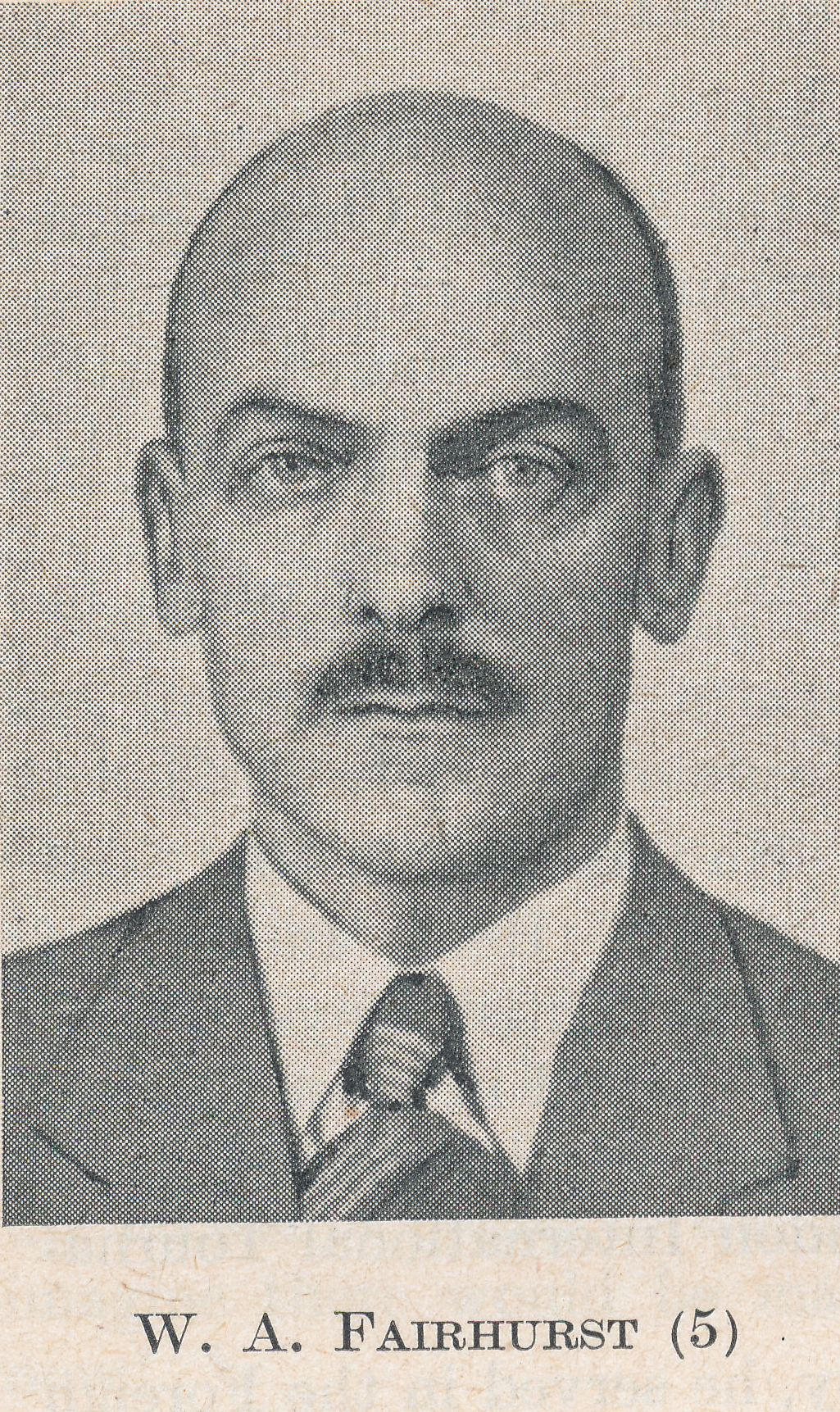
From The Encyclopedia of Chess by Anne Sunnucks :
“International chess master, British Champion in 1937 and Scottish Champion in 1932, 1933, 1934, 1936, 1937, 1938, 1946, 1947, 1948, 1949 and 1962.
Born in Alderney Edge in Cheshire on 21st August 1903, Fairhurst taught himself to play chess from books on the game, when he was 13, when he was 18 he won the Cheshire Championship.
His first major international success was at Scarborough in 1927, where he tied for Yates for 2nd prize, ahead of Bogoljubov, Sir George Thomas, Buerger, among others.
In 1931 he went to live to Scotland, quickly established himself as a leader of Scottish chess and played a major role in agreements between the British Chess Federation and the Scottish Chess Association. In 1932 he gave a blindfold simultaneous display, winning nine games and drawing three, in the Polytechnic Club in Glasgow, and in 1933 he drew match of six games against Eliskases.
Fairhurst has represented Great Britain in matches against Czechoslovakia and the USSR in 1946 and 1947; against the Netherlands in 1937, 1938, 1949 and 1952 and against the USSR in 1954. He also played in the Great Britain v. Australia radio match in 1947. He has represented Scotland in six chess Olympiads, those of 1933, 1956, 1958, 1964, 1966 and 1968.
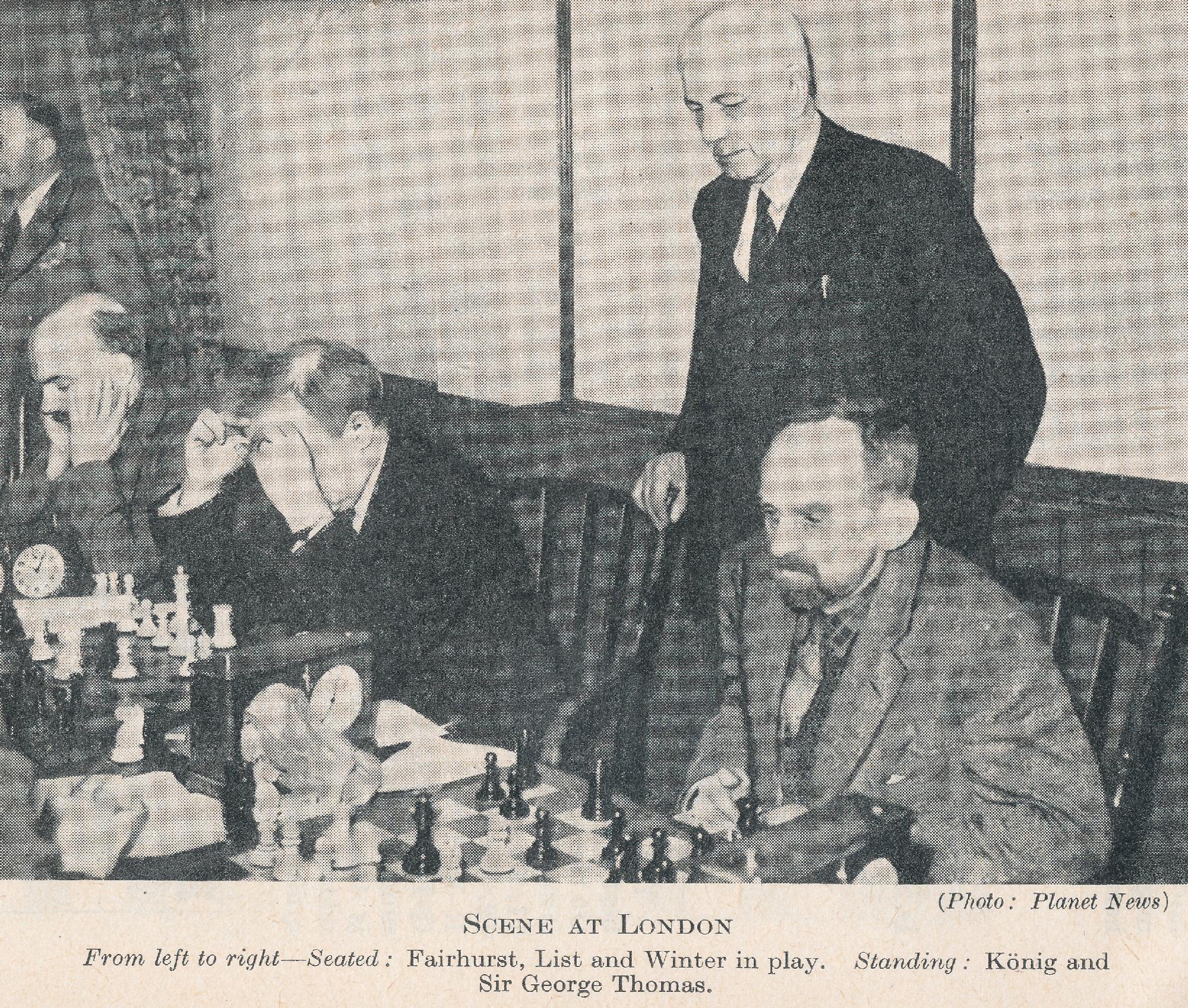
At Hastings in 1947 he came 5th and went through the tournament without losing a game.
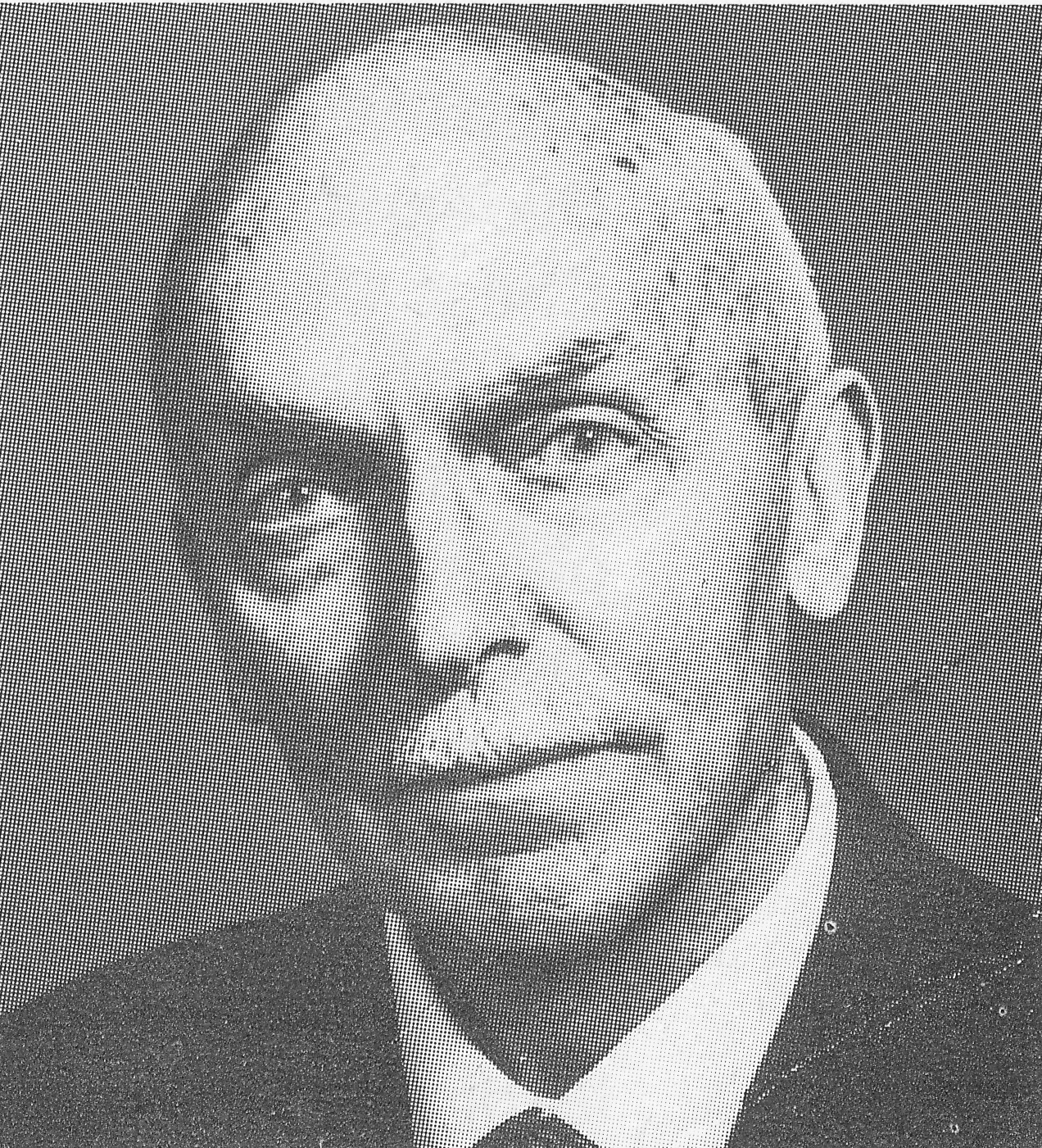
Senior partner of a leading firm of engineers and designer of the new bridge over the River Tay at Dundee (the longest river crossing in Europe), Fairhurst was Chairman of the Scottish Branch of the Institute of Structural Engineers and author of Arch Design Simplified. He was also a member of the Royal Fine Art Commission for Scotland.”
In the March issue of CHESS for 1963, (Volume 28, Number 427, pp.147-155) William Winter wrote this:
An Englishman turned Scot
Fairhurst, British champion in 1937, and umpteen times champion of Scotland is happily still in practice. He is a fine player well equipped in all departments of the game and would undoubtedly have done much more than he did but for the claims of business. Born in Lancashire he is now domiciled in Scotland and has become more Scottish than the Scots themselves. He caused me great trepidation during the Buxton congress in 1950, when he picked me up in his motor-car and drove at high speed down a spiral road with a precipice on one side while he declaimed about the tenets of the extreme wing of Scottish Nationalism. I have myself a good deal of sympathy, with the aspirations of the movement but I am sure this was not the way to make a convert. He still plays for Lancashire in the British Counties’ championship and it was in this competition that I met him at Manchester in 1953. I little thought as I sat down at the board that this was to be the last match-game I would ever play. I am glad to say that it was a good one.;
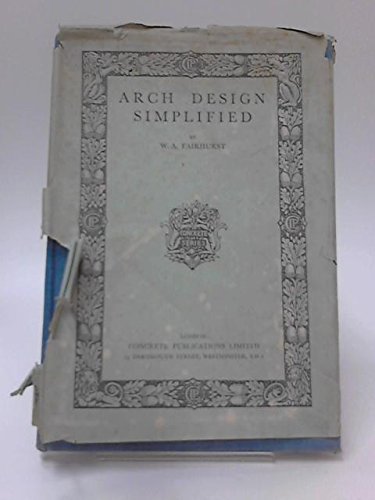
Here are his games
Here is his Wikipedia entry
According to Edward Winter in Chess Notes WAF lived at the following addresses :
- 53 Northern Grove, West Didsbury, Manchester, England (correspondence championship pairing-notice, 1924*).
- 6 Capel Avenue, Newton Mearns, Scotland (Hastings and St Leonards Chess Club visitors’ book, 1 January 1938*).
